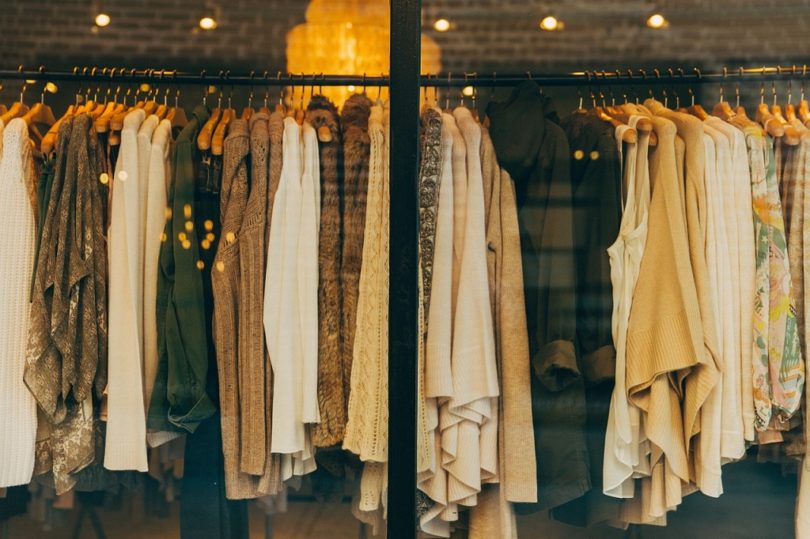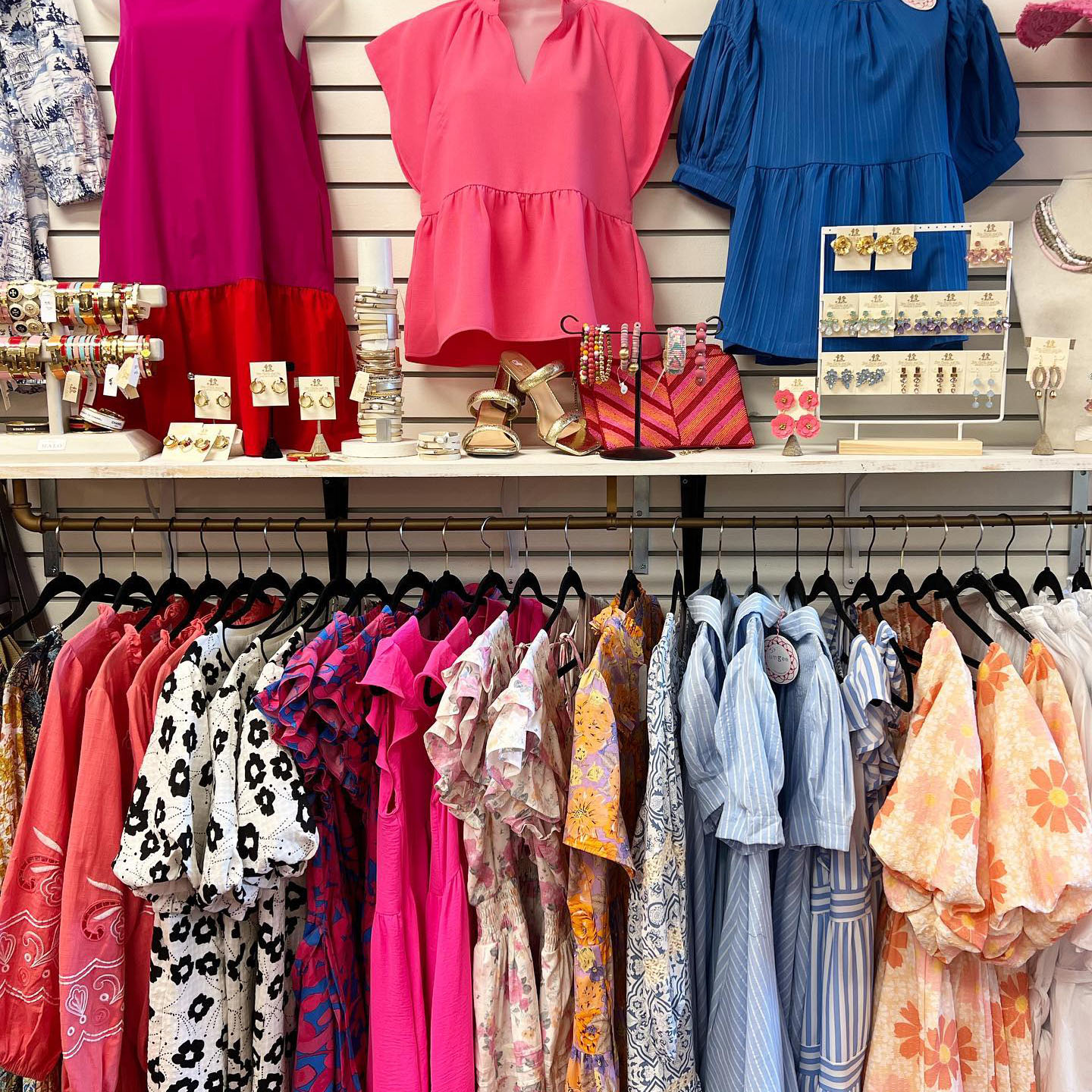A Deep Dive Into the Globe of High-Fashion Runways: Understanding Garments as Art
Designers, much like skillful musicians, weave detailed narratives through kind, shade, and material, redefining and challenging typical norms elegance criteria. As we check out these sartorial spectacles, we must contemplate: what role does fashion play in forming societal values, and exactly how does it show the ever-changing tapestry of human emotion and identification?
The Evolution of Runway Reveals
The trajectory of path shows has changed significantly over the years, developing from special industry occasions to captivating eyeglasses that blend style with art. Typically, path programs made love events, kept in ateliers or small locations, primarily participated in by buyers and sector experts. These very early presentations concentrated on the garments' workmanship and business feasibility, offering a useful and straight screen of seasonal collections.
As the style market broadened, the nature of runway shows began to alter. The 1970s and 1980s marked a turning point, with designers seeking to distinguish themselves with more theatrical discussions.
In current years, innovation and social media sites have actually further reinvented path shows, making them available to a global audience. Livestreaming and digital platforms have actually equalized fashion, enabling enthusiasts worldwide to witness these occasions in real-time (boutique fashion). This advancement mirrors a more comprehensive cultural shift, where high-fashion runways work as a vibrant intersection of advancement, design, and performance
Designers as Visionary Artists
Designers in the high-fashion market have actually blurred the lines between useful garment development and the theoretical realm of art. By welcoming artistic self-controls such as sculpture, paint, and progressive setups, developers craft garments that challenge typical style standards and elevate them to art kinds.
Visionary designers attract inspiration from a myriad of sources, consisting of abstract art, historical recommendations, and individual stories. They possess a distinct ability to imagine and appear concepts that push the borders of conventional fashion, usually redefining visual paradigms while doing so. This imaginative resourcefulness is showcased through dramatic silhouettes, ingenious materials, and intricate craftsmanship, which invite customers to experience style as greater than simply wearable things.
In addition, the runway offers as a canvas for these musicians, where lights, music, and set layout coalesce to develop immersive experiences. These discussions are not merely display screens of clothing yet are managed performances that stimulate emotion and provoke idea, verifying the developer's function as a true artist in the modern cultural landscape.
Cultural Influences in Style
Cultural tapestry weaves its complex patterns into the fabric of style, influencing developers around the world. The vibrant interchange of cultural tales, practices, and icons educates and inspires collections that elegance high-fashion paths.
The influence of culture on style is commonly seen in the reinterpretation of conventional garments and patterns. For example, using Japanese robes, Indian saris, or African prints in modern fashion mirrors a mix of social authenticity and modern-day appearances. Developers such as Valentino's Pierpaolo Piccioli and Alexander McQueen's Sarah Burton have been understood to incorporate rich social themes into their couture collections, equating background right into wearable art.

Innovation in Fabric and Design
Technology in material and style constantly improves the landscape of high-fashion, pushing limits and redefining opportunities. Recently, technological innovations have significantly contributed to this advancement, presenting materials that test typical assumptions. Textiles ingrained with smart fibers, qualified of transforming shade or controling temperature, are no more restricted to the realm of sci-fi. Developers are increasingly exploring the assimilation of modern technology, such as 3D printing, which enables the creation of complicated structures that were formerly unimaginable.
Moreover, sustainability has ended up being a crucial motif in discover this material advancement. The fashion sector is seeing a rise in making use of green products, stemmed from recycled plastics, natural fibers, and also eco-friendly components. These technologies not only offer new structures and aesthetic appeals but additionally address essential environmental problems. Designers are accepting these products to craft garments that are both visually striking and mindful of their ecological footprint.
In terms of style, speculative kinds and avant-garde silhouettes are continually changing the runway. By incorporating innovative techniques and non-traditional materials, designers grow garments that blur the line between fashion and art, setting new standards for creative thinking and expression in the high-fashion sphere.
Impact of Fashion on Culture
Fashion possesses an extensive influence on society, offering as both a reflection of cultural identity and a stimulant for social adjustment (boutique fashion). With its evolution, style has mirrored social shifts, encapsulating the zeitgeist of numerous periods.
Additionally, fashion has the power to bridge social spaces, promoting understanding and appreciation amongst diverse teams. As globalisation speeds up, the cross-cultural exchange of fashion concepts becomes significantly considerable, advertising inclusivity and diversity. The surge of streetwear, stemming from urban subcultures, Get More Information illustrates just how fashion can go beyond socio-economic borders, granting people a means of self-expression and empowerment.
Essentially, style is not simply concerning looks; it is a dynamic force that affects values, perspectives, and societal development (boutique fashion). By continually interacting with social and cultural currents, fashion continues to be an indispensable part of the cumulative human experience

Conclusion
Designers, comparable to visionary musicians, coordinate collections that show identity, feeling, and social stories, testing standard looks. This intersection of fashion and artistry not just mesmerizes audiences globally yet likewise influences social understandings and advertises a much deeper gratitude for cultural variety.

Social tapestry weaves its detailed patterns into the material of style, affecting developers worldwide.Fashion possesses an extensive influence on culture, offering as both a reflection of cultural identity and a catalyst for social modification.